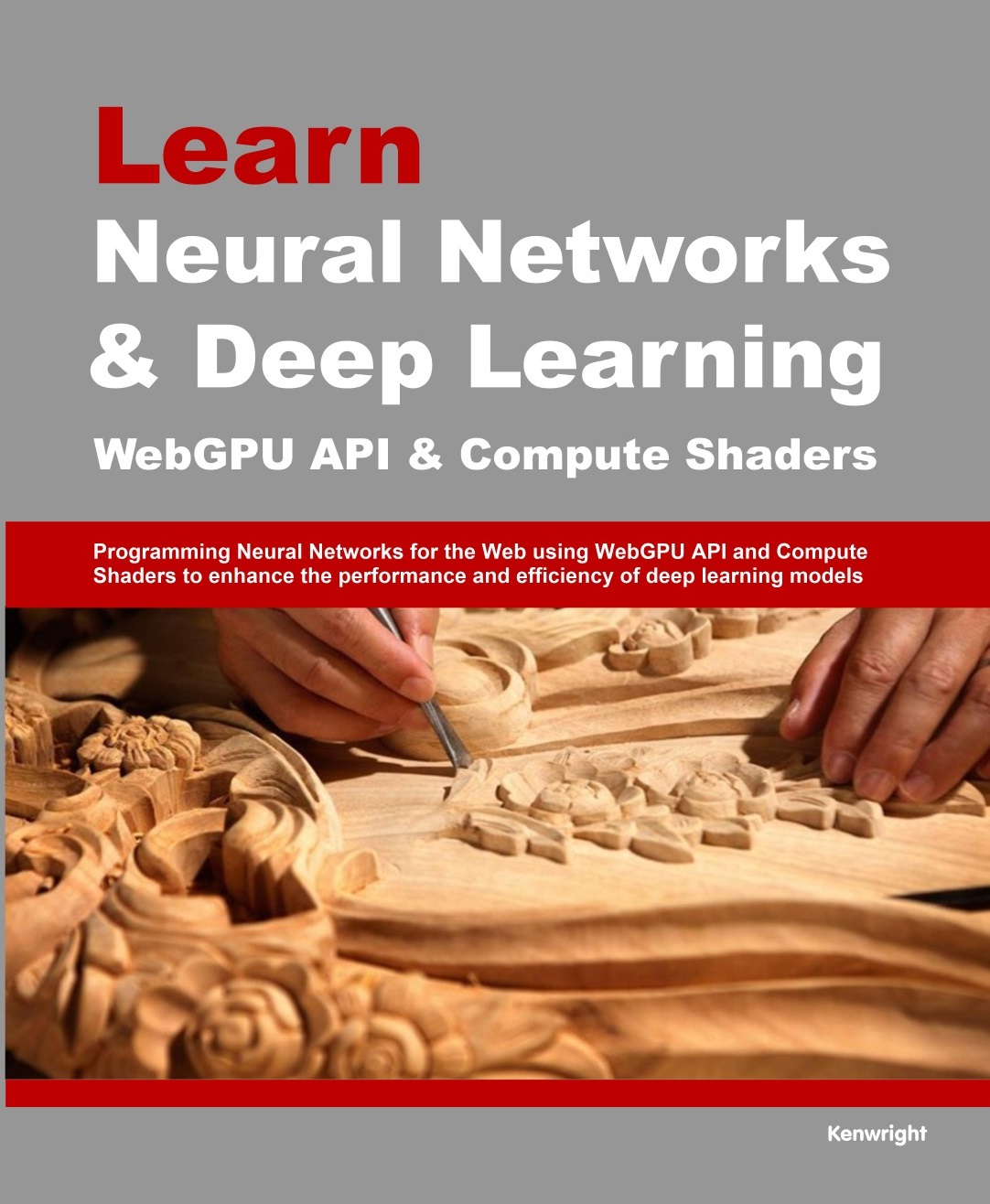Reinforcement Learning (RL) represents a paradigm in machine learning where agents learn to make sequential decisions through interaction with an environment to maximize cumulative rewards. Central to RL is the Markov Decision Process (MDP), which formalizes the interaction between agents and environments as a series of states, actions, and rewards with the Markov property. Q-Learning, a popular RL algorithm, involves learning an action-value function to estimate the expected future rewards of taking a particular action in a given state. Despite its potential for solving complex decision-making problems in domains such as robotics and game playing, RL faces challenges such as the exploration-exploitation trade-off and the need for extensive trial-and-error interactions with the environment, making it computationally expensive and potentially unstable in practice. Therefore, while RL offers promising avenues for autonomous learning and decision-making, its critical evaluation necessitates a thorough understanding of its underlying principles, trade-offs, and practical considerations for effective application.
 | What is Reinforcement Learning (RL), and how does it differ from other machine learning paradigms? |  |
Reinforcement Learning (RL) is a machine learning paradigm where an agent learns to make sequential decisions by interacting with an environment to maximize a cumulative reward signal. Unlike other machine learning paradigms such as supervised and unsupervised learning, RL deals with sequential decision-making problems where the agent's actions influence future states and rewards.
In supervised learning, the model learns from labeled examples provided by a supervisor, while in unsupervised learning, the model learns patterns and structures from unlabeled data. Reinforcement Learning, on the other hand, involves an agent learning through trial-and-error interactions with an environment to achieve long-term goals.
 | Can you explain the key components of an RL problem, such as the agent, environment, actions, states, and rewards? |  |
In an RL problem, the key components are:
- Agent: The entity that takes actions in an environment.
- Environment: The external system with which the agent interacts.
- Actions: The set of possible moves or decisions that the agent can make.
- States: The perceptions or observations of the environment that the agent receives.
- Rewards: The feedback signal from the environment that indicates how good or bad an action was.
The agent takes actions based on its current state and receives rewards from the environment in return. The goal of the agent is to learn a policy (a mapping from states to actions) that maximizes the cumulative reward over time.
 | How does RL utilize the concept of trial-and-error learning to achieve optimal behavior? |  |
In Reinforcement Learning, the agent learns through trial-and-error interactions with the environment. It initially explores different actions to understand their effects on the environment and receives feedback in the form of rewards. Over time, through repeated exploration and experience, the agent learns which actions lead to higher rewards and gradually improves its decision-making policy. This process is known as learning from the consequences of actions.
By exploring different actions and exploiting the knowledge gained from past experiences, the agent gradually learns to make optimal decisions that lead to maximum long-term rewards.
 | What are some real-world applications of Reinforcement Learning? |  |
Reinforcement Learning has numerous real-world applications across various domains, including:
- Autonomous vehicles: RL can be used to train vehicles to make driving decisions in complex environments.
- Robotics: RL enables robots to learn manipulation tasks and navigate through dynamic environments.
- Game playing: RL algorithms have achieved superhuman performance in games like Go, chess, and video games.
- Finance: RL can be used to optimize trading strategies and manage investment portfolios.
- Healthcare: RL can assist in personalized treatment planning and optimizing resource allocation in hospitals.
 | Can you discuss the exploration-exploitation trade-off in Reinforcement Learning? |  |
The exploration-exploitation trade-off in Reinforcement Learning refers to the dilemma faced by the agent when deciding whether to exploit its current knowledge to maximize immediate rewards or to explore new actions to discover potentially better strategies.
- Exploration: Involves trying new actions to gather more information about the environment and potentially discover better policies.
- Exploitation: Involves selecting known actions that have yielded high rewards in the past to maximize short-term gains.
Balancing exploration and exploitation is crucial for efficient learning. Too much exploration may lead to slow convergence and suboptimal performance, while too much exploitation may result in the agent getting stuck in suboptimal solutions.
Example: In game playing, an RL agent may initially explore different strategies to understand the game dynamics. As it gains more experience, it starts exploiting the strategies that have yielded higher rewards in the past, while occasionally exploring new strategies to avoid getting stuck in local optima.
 |
Other Data Mining and Machine Learning Texts |
 |















|